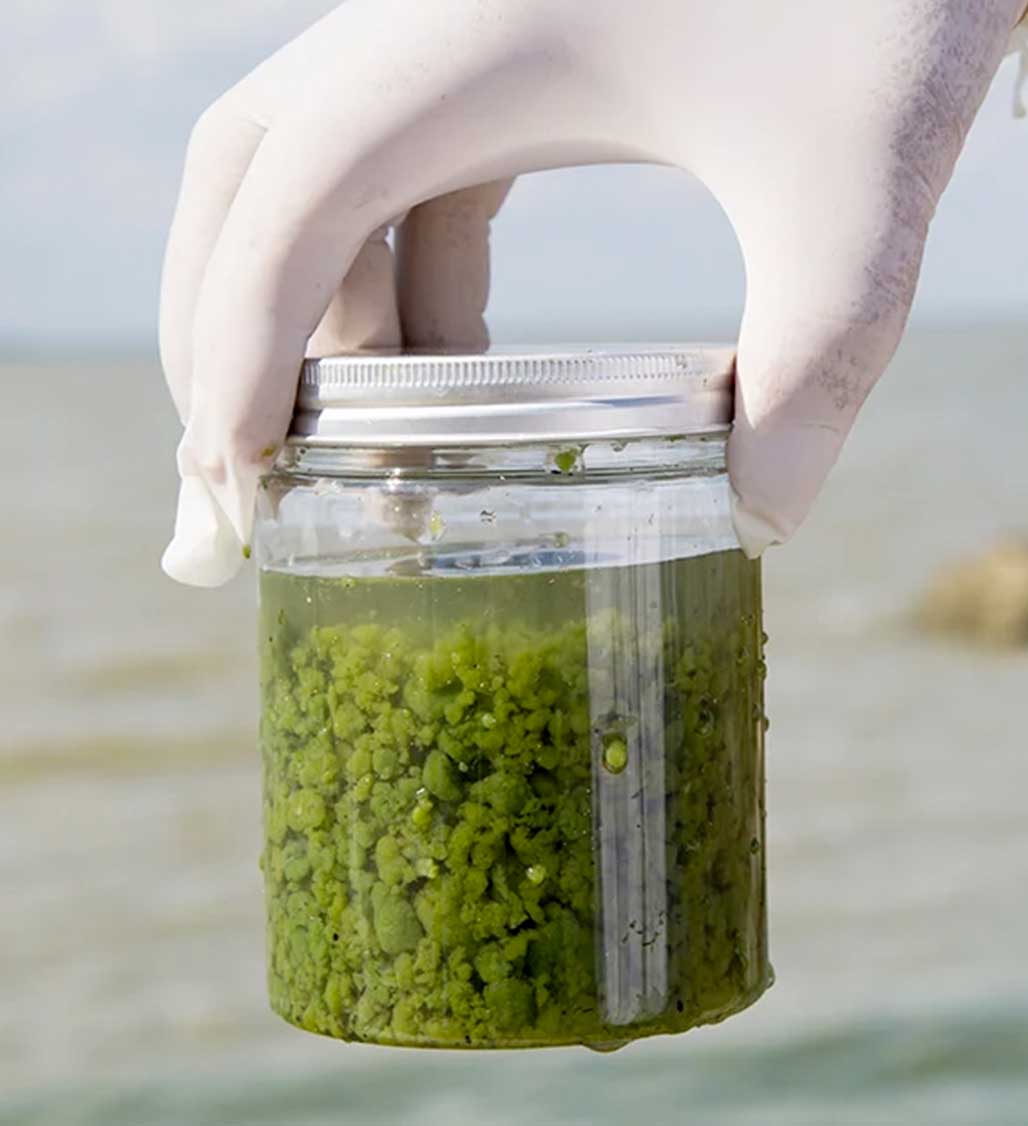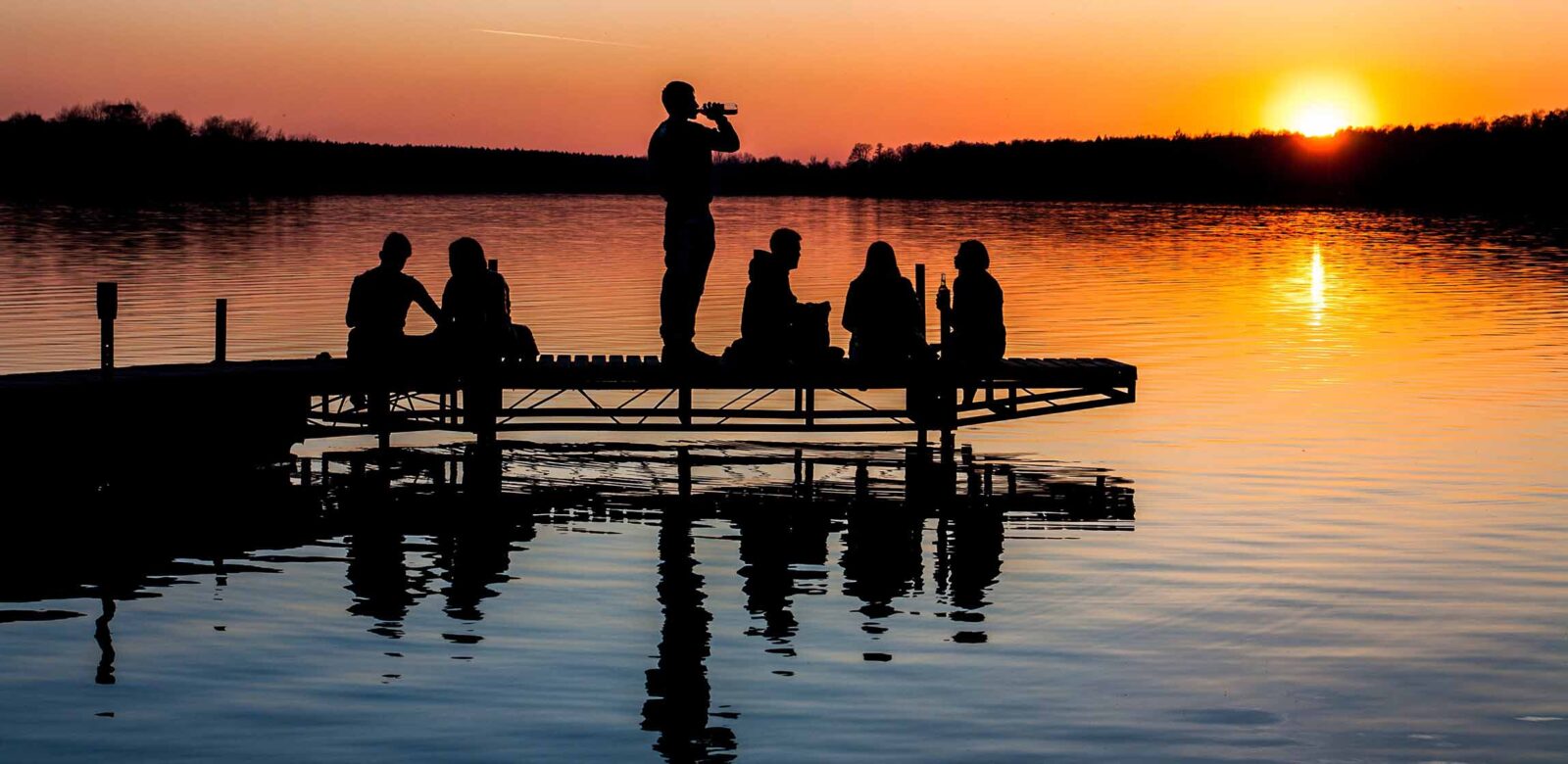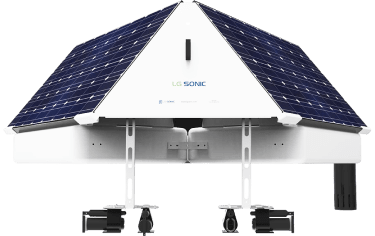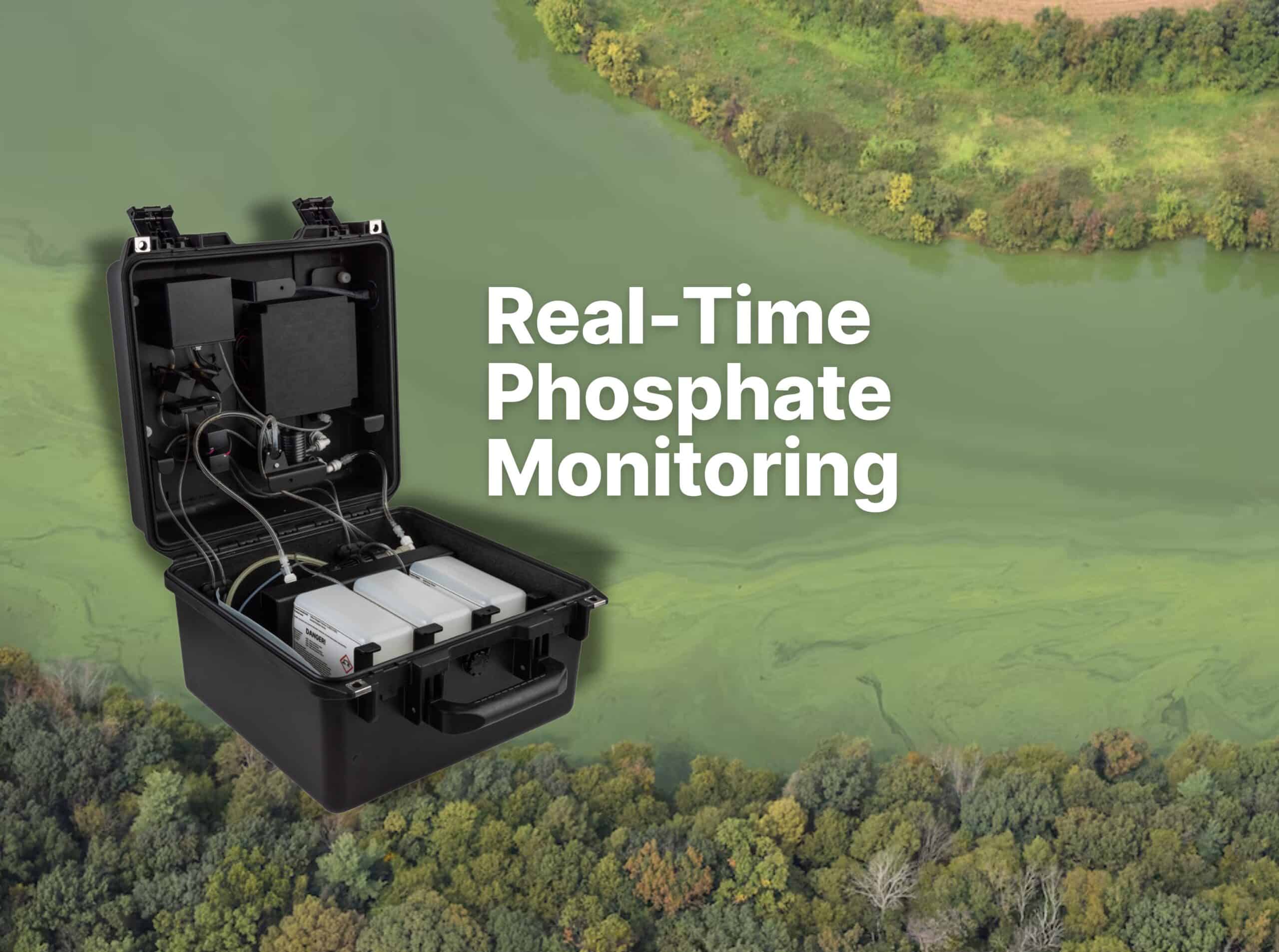Reduce blue-green algae
In lakes, large ponds, water reservoirs and public waters, the growth of blue-green algae presents a global problem.
These types of algae represent a group of bacteria known as cyanobacteria, which give rise to a distinct foul odour and are also known to produce toxins. Each year, numerous lakes are forced to close for recreational and other uses due to the growth of blue-green algae
Talk to an expert
Benefits of ultrasonic algae treatment
Safe for fish, plants and aquatic life
Keep the lake open all year
Prevent toxic algal blooms

Protect your lake
- 100% safe for the environment
- No release of algal toxins
- Low power ultrasound
In lakes, large ponds, water reservoirs and public waters, the growth of blue-green algae presents a global problem.
These types of algae represent a group of bacteria known as cyanobacteria, which give rise to a distinct foul odour and are also known to produce toxins.
Each year, numerous lakes are forced to close for recreational and other uses due to the growth of blue-green algae.
MPC-Buoy
All-in-one solution for controlling algae in lakes and reservoirs.

Questions?
Receive more information and a free quotation.
keep your knowledge up to date
Frequently asked questions
-
What is the impact of LG Sonic ultrasound on zooplankton?
Recent studies commissioned by the Dutch water board and conducted by research agency Ecofide have concluded that the LG Sonic ultrasound is safe for fish, plants, zooplankton, and other aquatic organisms.
-
Why control the algae if nutrients are the problem?
Reducing nutrients is, of course, also necessary but difficult to achieve, even in the long-term. The majority of nutrient management methods are costly and require frequent dosing with unknown side-effects for the aquatic ecosystem. Besides, the duration and intensity of algal bloom events is strongly depended not only on nutrients but also on a combination of environmental factors, such as climate change, weather patterns, and an unbalanced ecosystem.
-
What kind of water does your ultrasound work in?
The MPC-Buoy technology can be installed in freshwater, salt water, and brackish water.
-
What’s the largest water body that has LG Sonic implemented? Any issues linking many buoys?
We have multiple projects with large numbers of MPC-Buoy units installed. For example, in Dominican Republic, 50 MPC-Buoys are in operation in a 7km2 reservoir. The buoys communicate with each other for optimal treatment.
-
What's the minimum depth of water required for LG Sonic treatment?
We recommend a minimum water depth of 3 feet / 1 meter.












